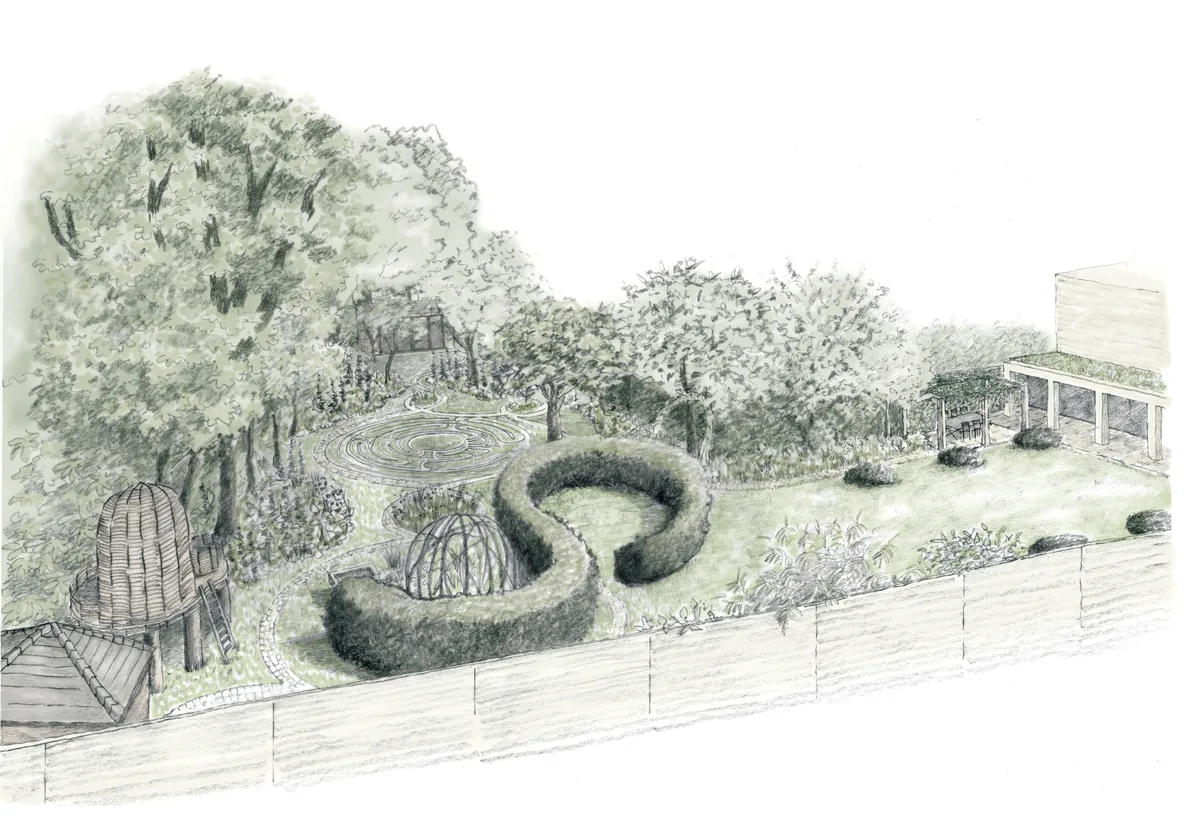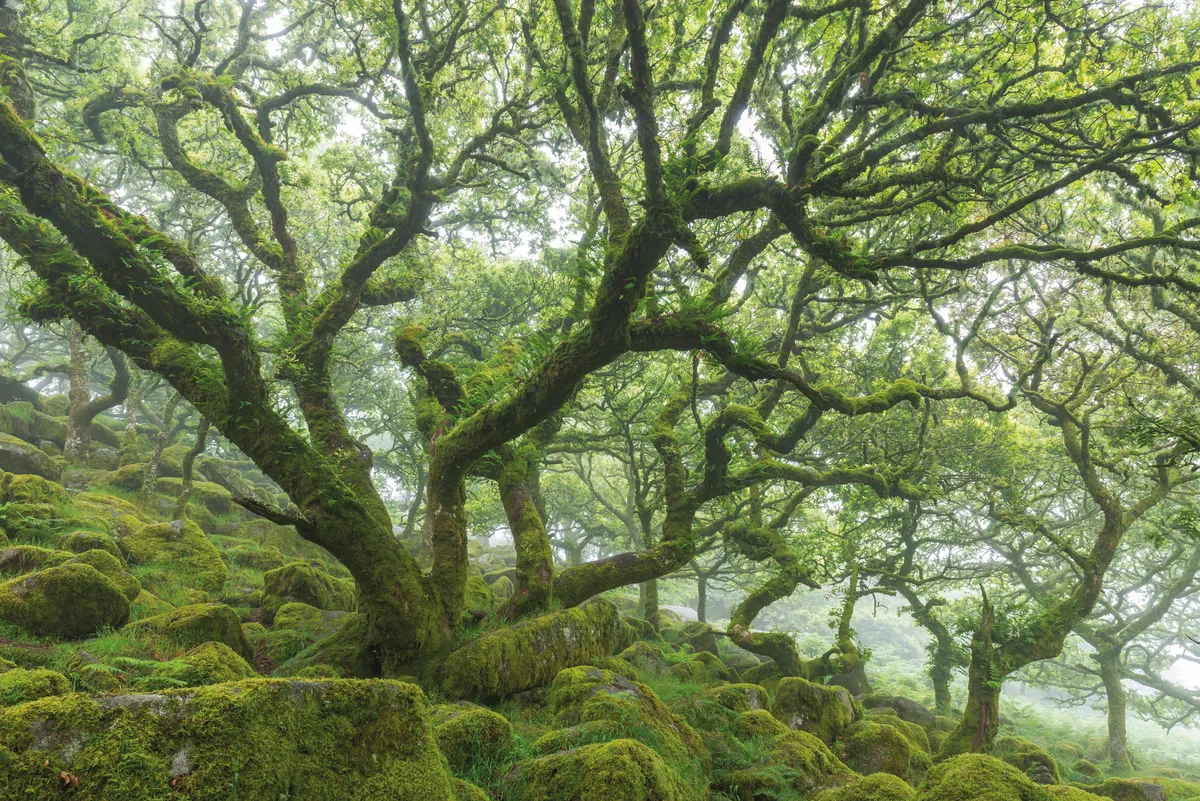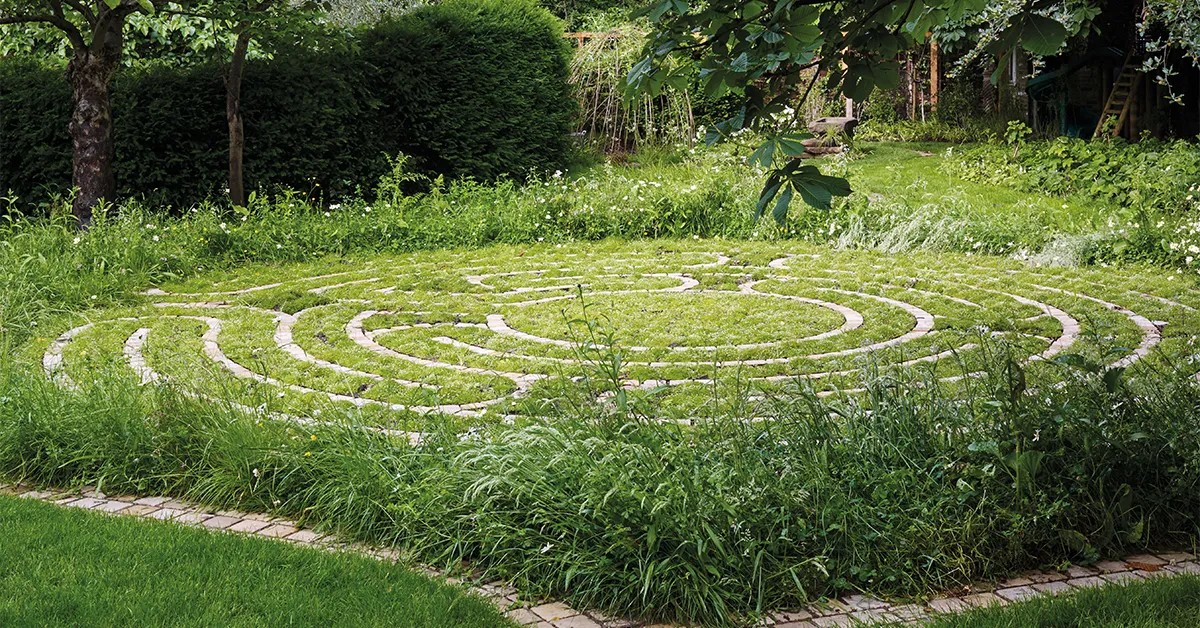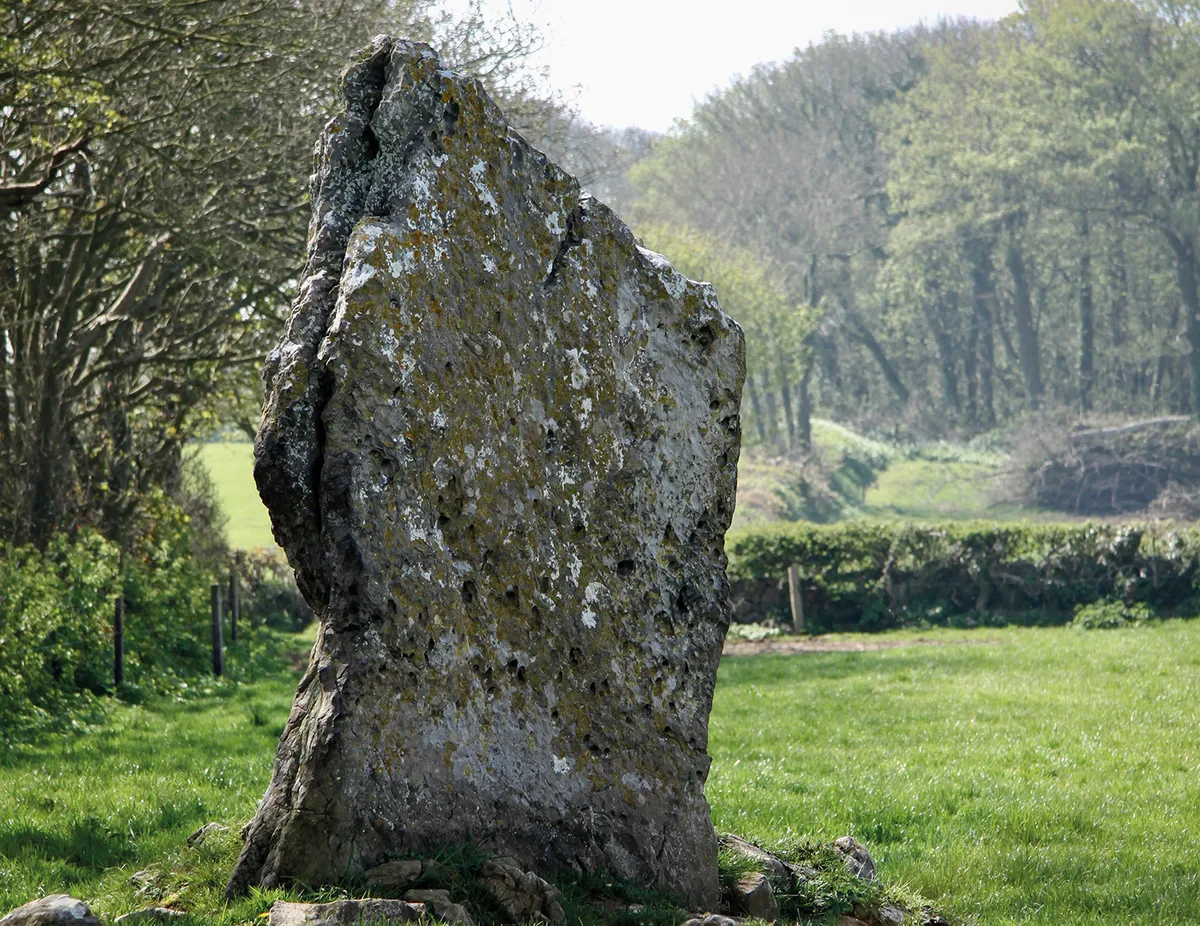The spiritual side of gardening is on the rise. It’s a striking change from the early 2000s when I started designing gardens and estates – then the most common reaction to any talk of sacred spaces would have been a raised eyebrow. But times are changing. Spiritual practices, such as yoga and meditation, have become part of our everyday lives, and their increased popularity has perhaps freed us to explore our inner selves. This self awareness, combined with an increased knowledge of the fragility of our ecosystems, has encouraged many to search for a spiritual connection not just to where they live, but to how they live. Happily, this need to connect is seeping into our approach towards garden design. We are beginning to recognise the sacredness of our need to care for, and be close to, the land.
How to make your own oasis of calm

- The garden Marian has designed above includes a yoga studio tucked away in a grove of mature trees. The journey from the house offers time for reflection among nature.
- A hidden space within a curved hedge is central to the Japanese concept of miegakure, in which a sanctuary garden is gradually revealed as you move through the garden.
- Consider creating an area where you can escape for some quiet time. The tree house – used by adults and children – is an ideal hideaway.
- A labyrinth made of seven spirals to denote the seven chakras, is an easy way to include a space within your garden for a walking meditation. It can be a simple mown lawn or, as here, a stone path.
- This secluded dome offers a space in which to connect with nature. It's made from willow, which will continue to grow. Plant as whips in winter or early spring.

Natural spirit Walking among the twisted, moss-covered boughs of the trees of Wistman’s Wood, in Dartmoor National Park, it’s hard not to be touched by the spiritual beauty of nature. This unspoilt woodland is a reminder that we don’t need to cultivate every corner of our gardens.

Coming round This meditation labyrinth with seven spirals is defined by a circle of wildflowers to attract pollinators. Paths are made from natural sandstone and planted with Sagina subulata between the paths to minimise maintenance.

Down to earth Standing stones, such as this ancient stone in Pembrokeshire, have helped to connect us to the earth since Neolithic times. What meaning they had for our ancestors we will probably never know, but sculptural forms have played an important role in religions across the ages.
